-
Genealogy & Names
-
Tourist Information
-
Culture & Reference
|
February 2024 
Áine the Goddess Image from Free Photos Of Ireland |


FREE WORLDWIDE DELIVERY FOR A LIMITED TIME find out more |

| Popular Articles from Recent Newsletters: |

|
Saint Patrick's Day is just around the corner! You can help keep this newsletter going by gifting some Flags, Jewellery or Crystal to your family or friends at our online shop at IrishNation.com. Just in time for the Parade! Thanks! This month we remember two formidable Irish patriots from different centuries while also going further back into the Irish mists of time with the origin story of the mythical Áine, who took her revenge on a King! If you have an article or story you would like to share then please do send it to us. Until next time, Michael 
P.S. Please Do Forward this Newsletter to a friend or relative. If you have a website or Facebook page or Blog (or whatever!) then you can help us out by putting a link on it to our website: www.ireland-information.com
|


|
||||

|
note: Áine: pronounced: 'awn-ya' Áine is the Celtic Goddess of Summer and Wealth. She represents the sun, love and fertility, with the power to ensure plentiful crops and harvests. 
Áine has always been associated with County Limerick in the western part of Ireland where the Hill of Knockainey (Cnoc Áine) is named for her. Her name is also remembered at Toberanna (Tobhar Áine) in Tyrone, at Dunsany (Dun Áine) in Louth and Lissan (Lios Áine) in Derry. Áine is among the most revered and powerful of Irish mythological Goddesses! She is remembered for overcoming adversity and exacting powerful revenge on the man who wronged her. Ailill Aulom was the ruling King of Munster but was restless and worried as he had a problem. Every time he would sleep he would awaken to find that the grass in his fields would not grow. This was a potentially devastating problem for the King as the grass provided food for the livestock, ensuring food for the people. Ferchess the Druid advised him to visit Knockainey at Samhain Eve, to seek out the restorative powers of that place. He set out for Knockainey and arrived with the expectation of his problems being solved. But fate was to intervene and the fragilities of the human spirit were to collide with the power of the creatures from the Otherworld. Ailill fell into a drowsy half-sleep and later found himself sleep-walking when he encountered a beautiful vision. It was Áine, the daughter of Eoghabal of the Tuatha Dé Danann. Human desire overwhelmed him and he shed his royal dignity, driven by lust. He set upon the lone woman and forced himself upon her. Áine was outraged and exacted immediate revenge. In her fury she bit off his ear, maiming the King, marking him for life. In Celtic tradition only a perfect unblemished person could attain the role of High King of Ireland. Ailill had been maimed. He was imperfect. Áine had delivered a devastating blow to her attacker. From that time on the King was known as Aulom meaning 'one-eared', and could never reign over Ireland. Despite this his descendants became known as the Eoghanachta, and were a powerful Irish dynasty centered at Cashel, dominating the southern part of Ireland. It is in this manner that the legend of Áine grew. She became associated with the ability to grant power and sovereignty. Áine is also known as the Queen of the Fairies and as Áine Chlair (Áine of the Light). Incredibly, rites in her honour were held as recently as 1879, when the Midsummer rituals were performed by the native Irish, ashes from their fires being spread onto the fields, ensuring fertility and an abundance of crops. Áine! Among the most powerful and beautiful of the Celtic Goddesses. Read more amazing Stories of Irish Legends and Mythology. |


find out more |




find out more |

|
After the 1845 to 1849 Irish Famine emigration soared with as many as a million native Irish leaving their homes in the decades after the famine to settle in places like Boston, New York, Newfoundland, Perth, Sydney and beyond. The US Census Bureau now reports that 34 Million US Citizens claim Irish descent. Most emigrants like to commemorate their heritage and thus the Saint Patrick's Day Parade came into being. 
The earliest record of a Saint Patrick's Day Parade was in the year 1762 when Irish soldiers serving in the British Army held a Parade in New York City. Earlier records suggest that the day was celebrated by the Irish in Ireland as early as the ninth and tenth centuries. Again, this was a very difficult time in Irish history with Viking raiders terrorizing the native Gaelic population. It is thus no surprise then that in times of strife the local population would turn to religion and to a commemoration of their own heritage and individuality - a practice that has been repeated by populations of troubled places since the dawn of time. The New York Parade is now the longest running civilian Parade in the world with as many as three Million spectators watching the Parade of over 150,000 participants. 
The first official Parade in Ireland was in 1931. The 1901 law that copper-fastened March 17th as an Irish national holiday was later amended to insist that public houses close down on the day. This restriction was later lifted in the 1970's. In the mid 1990's the Irish Government really started to promote the event when it changed from a single day's Parade into a 5-day festival attracting as many as a million visitors into the country. Parades are now held in just about every major city in the world with the biggest in several US cities reaching epic proportions. THE WEARING OF THE GREEN The tradition of wearing Shamrock to celebrate Saint Patrick seems to date from the seventeenth or eighteenth century. This was a very turbulent time in Irish history. The suppression of the Gaelic way of life by the ruling British invaders resulted in many aspects of the Catholic religion in Ireland being forced underground. Strict laws were enforced which prevented the Catholic population from attending schools so 'hedge-schools' were operated in secret. 
These were schools run outdoors in secluded places (sometimes literally 'under a hedge!). The teaching of religion was also forbidden so it is only to be expected that teachers would use naturally available resources to inform their pupils. Thus the Shamrock plant was used to illustrate the message of the Christian Holy Trinity. Saint Patrick was credited with using the Shamrock in such a manner so the wearing of the Shamrock by the oppressed Catholic population became a means of demonstrating their defiance to the ruling British class. It also imbued a sense of kinship among the native Gaelic people, differentiating them from their oppressors. Wearing a clump of Shamrock is now a firmly established tradition throughout the world to celebrate not just Saint Patrick but Ireland itself. The Shamrock symbol is widely used by businesses seeking to associate with Ireland and, along with the Harp, is perhaps the single most recognizable symbol of Ireland. It is a shame though that the Shamrock is not a blue plant as the color originally associated with Saint Patrick was blue! GREENING OF BUILDINGS AND RIVERS The use of the color green reached new heights (or plunged new depths!) when in 1962 the city of Chicago decided to dye part of the Chicago River green. Since then the campaign to have just about every possible landmark turned green for the day has taken off in earnest. 
In recent years this has included the Irish Parliament building, the Sydney Opera House, the Empire State Building, Niagara Falls and even the Pyramids of Giza in Egypt! A PINT OF PLAIN The Irish association with drinking is well known and not always positive. Fortunately there are plenty of examples of the appropriate use of alcohol and Saint Patrick's Day is one of them. It is a widely held tradition in Ireland that beer or whiskey can be taken on Saint Patrick's Day although native Irish pub-goers can only look on aghast as visitors top the heads of their creamy pint of Guinness with a green Shamrock. Sacrilege! It is estimated that as many as 13 Million pints of Guinness are consumed on Saint Patrick's Day, up from the usual 5.5 Million per day! 
DRESSING UP The tradition of dressing up in Irish outfits is not just confined to participants in Parades. Jovial creatures of Irish origin the world over use the opportunity of Saint Patrick's Day to dress up as Leprechaun or even as Saint Patrick himself. Kids love to wear the big green, white and orange hats and receive sweets thrown to them by similarly clad operators of the various Parade floats. THE SAINT PATRICK'S DAY DINNER Corned beef and cabbage is as traditional and Irish meal as you will ever find and it is often hauled out for Saint Patrick's Day. Traditional Irish music in the background and a family gathering are other Irish Saint Patrick's Day traditions that have been going on for centuries. 
View a Video of the Dublin St. Patrick's Day Parade in action. |


View the Archive of Irish Phrases here: http://www.ireland-information.com/irishphrases.htm |

|
The winner was: annroe07@gmail.com who will receive the following: A Single Family Crest Parchment (usually US$29.99) Send us an email to claim your Parchment, and well done! Remember that all subscribers to this newsletter are automatically entered into the competition every time. I hope that you have enjoyed this issue! 
by Michael Green, Editor, The Information about Ireland Site. https://www.ireland-information.com Contact us (C) Copyright - The Information about Ireland Site, 2023. 17 Páirc Ghrainbhil, Carraig Dubh, Contae Baile Átha Cliath, Ireland Tel: 353 1 2893860 |

|
MARVELOUS GIFTS FOR ANY OCCASION FREE DELIVERY TO YOUR DOOR 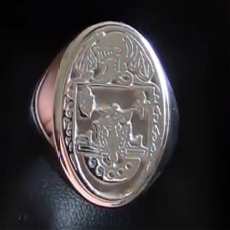
BIG REDUCTIONS! Stunning Family Crest Signet and Seal Rings 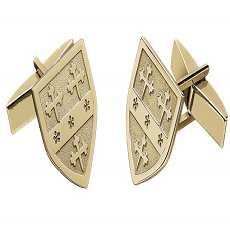
DISCOUNTED FOR A LIMITED TIME Elegant Cufflinks 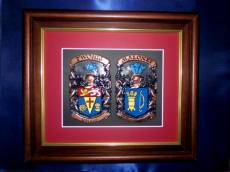
Incredible Family Crest Plaques Made in Ireland 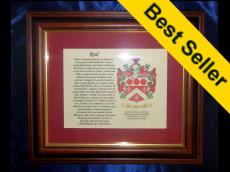
Superior Framed Family Crest Parchments 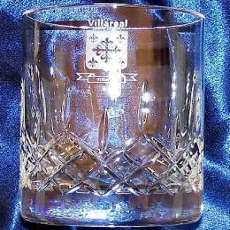
Gorgeous Glistening Galway Crystal 'Your-Name' Old Irish Sign NEW DESIGNS! 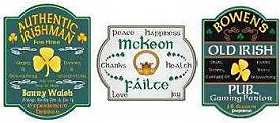
From US$34.99 - Free Delivery 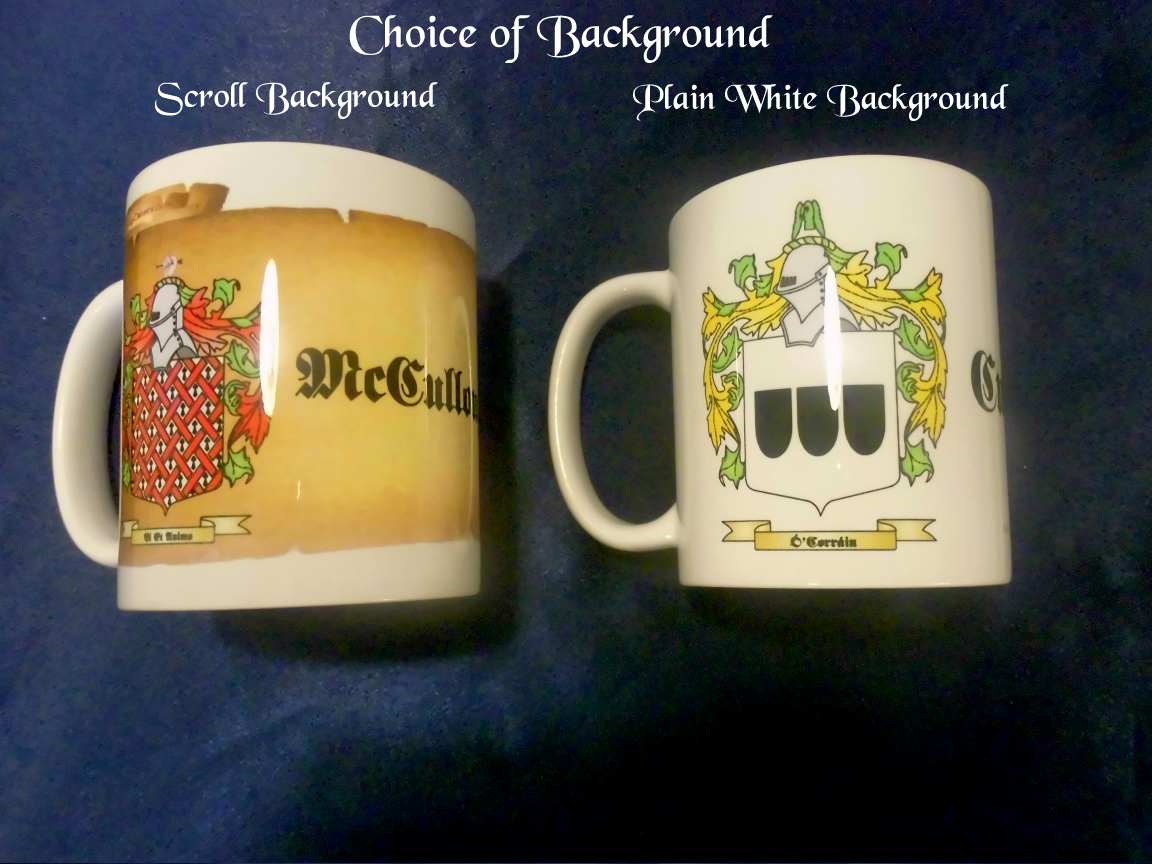
New Designs available on our Coffee Mugs 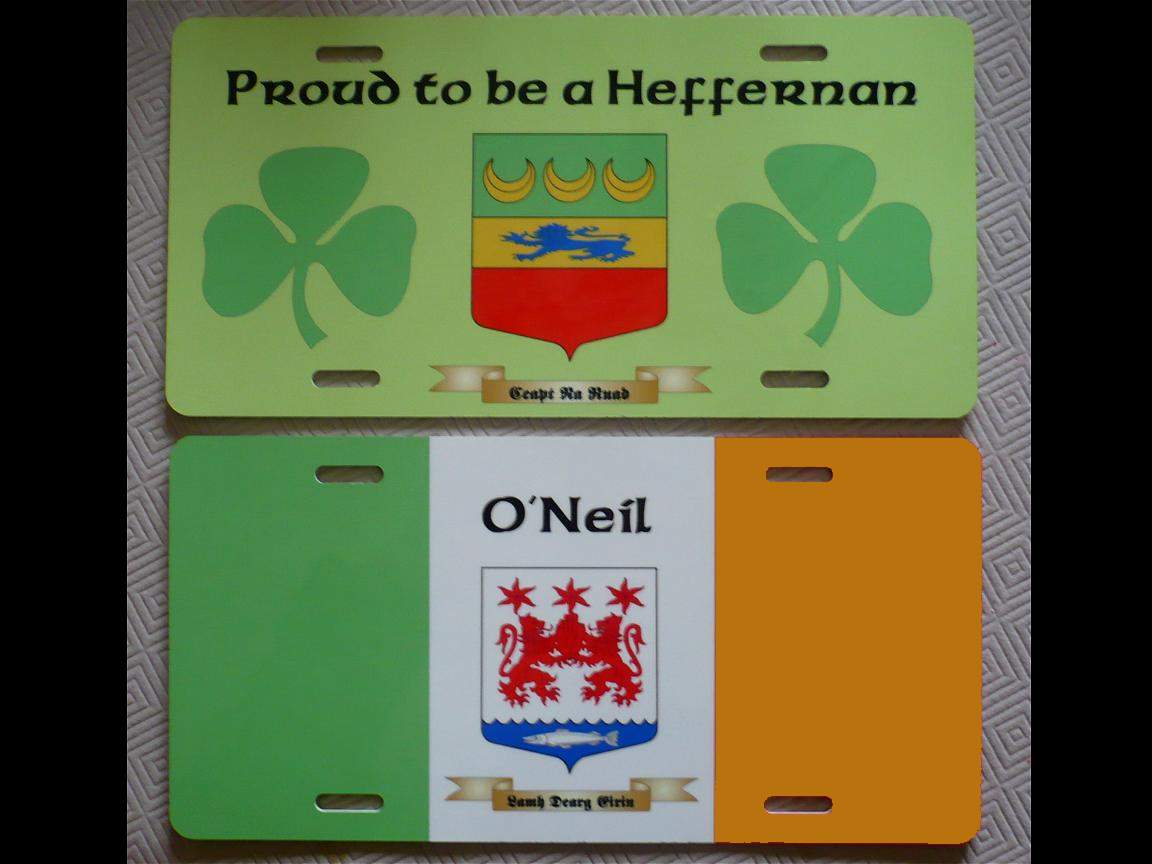
Personalized Licence Plate 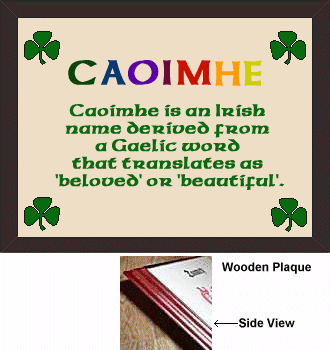
Personalized First Name Plaque. Great for Kids! 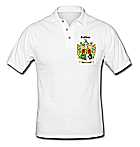
'Your-Name' Polo & Tee Shirts 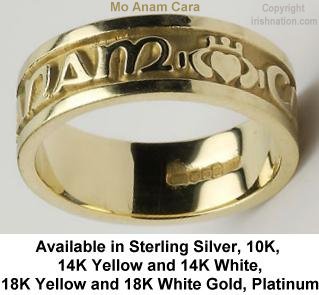
From US$69 Delivered BIG REDUCTIONS! Stunning Engraved Rings from Ireland with Irish Language Phrases. Mo Anam Cara: My Soul Mate Gra Dilseacht Cairdeas: Love, Loyalty, Friendship Gra Go Deo: Love Forever Gra Geal Mo Chroi: Bright Love of my Heart SEE MORE GREAT OFFERS AND DISCOUNTS AT: IRISHNATION.COM FREE DELIVERY FOR A LIMITED TIME! |
